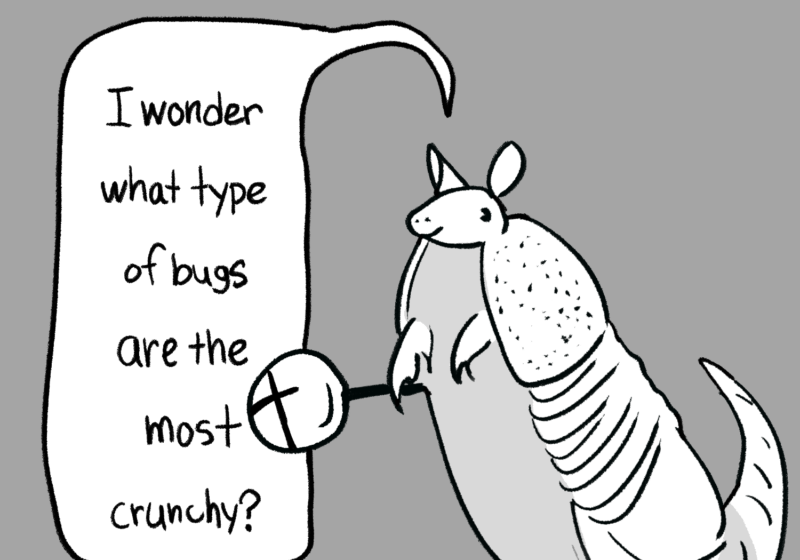The UR Medical Center, which has 1,600 paid faculty members and an additional 1,100 affiliated doctors, was recently praised by UR President Joel Seligman for being a vital economic engine and a bright spot in Rochester’s moribund economy, capable of weathering future changes to the health care industry.
But the medical center has come under fire from the American Medical Student Association (AMSA) for alleged conflicts of interest in relationships with faculty and pharmaceutical companies.
URMC released a series of updated regulations to address these loopholes on Thursday, Sept. 30, and maintains that they are addressing the faults found in AMSA’s report and pursuing their own unique vision for the hospital — positive steps that also coincide with the Sept. 29 awarding of a $3.6 million federal grant to URMC and the Monroe County Department of Public Health.
The grant will launch a comprehensive campaign to improve community health through policy change.
The AMSA aims to decrease the influence of drug companies in medical practices and grades American medical schools on conflict of interest policies. The group awarded URMC a grade of C in the most recent rankings.
Robert Panzer, Chief Quality Officer for URMC, said that the medical center works very hard to “avoid any perception that we are biased” and adopted a series of rules about industry interactions three years ago.
“We wrote a policy for the Medical Center that didn’t exist before and had that policy reviewed by several different groups, including the hospital, before being approved by President Seligman,” he said aboutthis body of rules.
Four specific changes were finalized last week to strengthen these existing rules, Panzer said.
The first involves eliminating gifts to clinical employees at the medical center, and applies to all staff. Pharmaceutical companies often use the allure of free meals as a strategy to boost attendance at their events, according to Panzer, so all gifts, including anatomical models from pharmaceutical companies, have now been eliminated “with little exception.”
The second involves free samples from pharmaceutical companies, 80 to 90 percent of which were eliminated in the policy changes three years ago. In an effort to tighten policies, however, this year “samples from drug companies cannot be used, with very few exceptions,” Panzer said.
The third reform platform involves speakers, an area of the URMC policy that came under particularly harsh fire from the AMSA. Panzer says URMC is taking a “middle of the road approach” in faculty who are paid to speak by pharmaceutical companies. While AMSA would prefer that all faculty paid by drug companies to speak be eliminated, Panzer said URMC disagrees with this but that the hospital has taken steps to decrease bias and conflict of interest, notably by stipulating that the presenters use the generic drug name in presentations.
“We feel our approach is improving things and decreasing bias,” Panzer said. “Faculty presenters are our experts. They know the most about the field, so we’re upgrading the quality of the presentation.”
If all faculty speakers were eliminated, Panzer fears things would go in the opposite direction because pharmaceutical companies would send their own speakers who have even more of a bias about the material.
The fourth area involves tightening regulations on conflict of interest consulting, and aims for greater transparency by mandating that every person employed by UR disclose actions with potential conflict of interest violations on a Web portal.
According to Panzer, the changes made will likely improve URMC’s ranking to a B in the next ranking report, which comes out in January.
“We’re obviously people who aspire to an A, but we think this is an appropriate place for us to be, given our different take on the issues,” he said, stressing his belief that URMC is managing potential bias in an effective way.
But URMC seems to be successfully charging through any negative publicity surrounding these nebulous changes.
The success of UR’s Health Engagement and Action for Rochester’s Transformation (HEART) program in winning the $3.6 million grant from the Center for Disease Control and Prevention builds on this July’s announcement of the new Golisano Children’s Hospital, a construction project that Seligman said is the largest in “absolute dollars” in UR’s history. It also builds on the success heaped on URMC after U.S. News & World Report recognized four URMC programs as being in the top 50 nationwide in their 2011-2012 rankings.
The main thrust of the Community Transformation grant is making comprehensive policy and environmental changes in the community to address causes of poor health, widespread tobacco use, physical inactivity, poor nutrition and management of chronic disease.
The funding, planned to be distributed over a five-year period, will support a variety of community partners, including the YMCA, the City of Rochester School District and the Monroe County Dept. of Public Health.
“I think the thing that’s exciting about the grant is that it’s a way to address underlying environmental changes that we need to make,” Nancy Bennett, project director of HEART and director of the URMC Center for Community Health, said. “The idea is that if we make the environment healthier, then healthy decisions will be the default decision.”
An example of a potential project that Bennett said would be inexpensive and vital is working with the county to establish more smoke free places city wide, such as parks. Another change she hopes to accomplish is to make the city more accessible for bicyclists and pedestrians — something she thinks will be made possible as the city repaves streets and lays more reliable sidewalks.
The four different areas she says the funding will target are general community objectives, school policy changes, the health care system and workplace/office conditions.
Reforms to the health care system will specifically target citizens with high blood pressure and high cholesterol who need help implementing strategies to combat their illnesses, while reforms to school policy will aim to create more time for physical activity and offer more options for healthy eating.
Bennett acknowledged that five years is a relatively short period of time to “undo the damage of many years,” but said that the center is realistic.
“We’re not going to create a lot of new programs, but by taking a policy approach we do think it’s possible to transform the community,” Bennett said. “I think the community is ready for transformation and that people want to see a healthier environment.”
Buletti is a member of the class of 2013.





